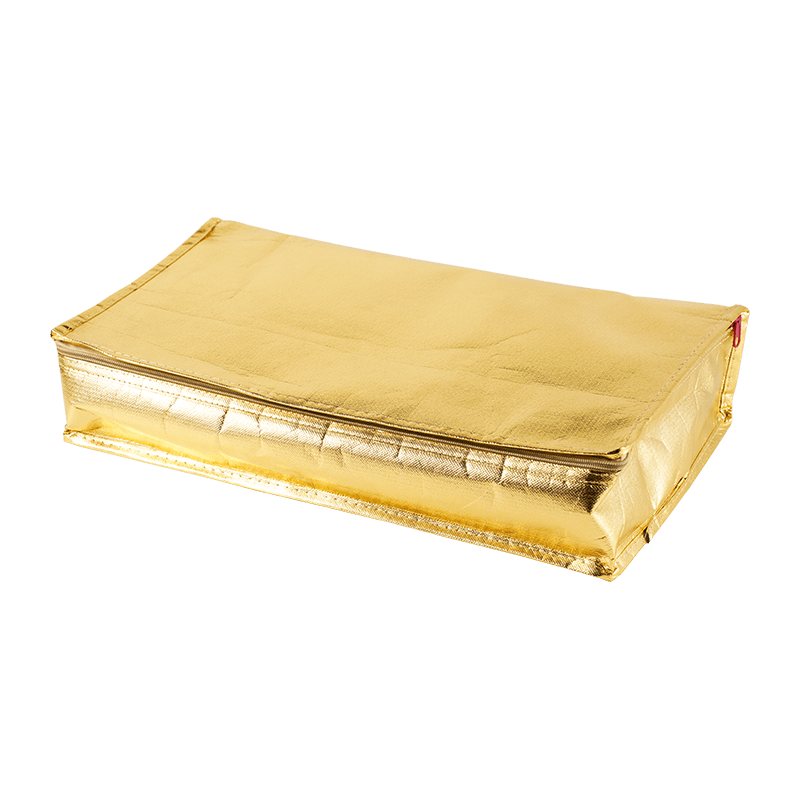
Cooler bags are widely used for keeping food and drinks at the desired temperature during travel, picnics, or workdays. Behind their convenience lies careful material selection, which determines how well they perform and how long they last. A cooler bags factory focuses on combining different layers and fabrics to balance insulation, durability, and practicality. Exploring the key materials gives insight into how these bags are designed for everyday use.
Outer Shell Materials
The outer shell of a cooler bag must be both durable and easy to clean. Polyester is one of the most common choices in a cooler bags factory. Its woven structure makes it resistant to tearing and abrasion, while coatings such as PVC or TPU can improve water resistance. Nylon is another frequently used material, valued for its strength and lightweight properties. Some designs use canvas for a more natural look, though this requires additional treatment to resist moisture.
Insulation Layers
The heart of a cooler bag is its insulation, which helps maintain the temperature of stored items. Factories often rely on foam materials such as polyethylene (PE) foam or polyurethane (PU) foam. These foams trap air within their structure, slowing down heat transfer. In some cases, expanded polystyrene (EPS) sheets may be used for more rigid models. The thickness and density of the insulation determine how long the bag can keep items cold or warm.
Interior Linings
The inside of a cooler bag must be safe for food contact and resistant to spills. A cooler bags factory typically uses materials such as PEVA (polyethylene vinyl acetate) or EVA (ethylene vinyl acetate) for linings. These plastics are lightweight, flexible, and easy to wipe clean. Aluminum foil linings are also common, as they reflect heat and provide an additional barrier against temperature changes. The choice of lining depends on the balance between cost, performance, and ease of maintenance.
Zippers and Closures
While often overlooked, zippers and closures are essential components that contribute to the bag's overall effectiveness. Heavy-duty nylon zippers are widely used in cooler bags factories because they withstand frequent opening and closing. Some models include Velcro or snap fasteners for extra sealing. Waterproof zippers may be chosen for outdoor-focused products, adding another layer of protection against leaks.
Handles and Straps
Carrying comfort is a major consideration in cooler bag design. Factories commonly use polypropylene webbing for straps and handles due to its strength and resistance to stretching. Padded shoulder straps may include foam inserts covered with polyester for extra comfort. Reinforced stitching ensures that even heavy loads can be carried without damaging the bag.
Special Features and Additions
Cooler bags often include additional features that require specific materials. Mesh pockets made from nylon provide extra storage space for utensils or condiments. Elastic bands and plastic buckles help secure accessories. Some premium designs may integrate rigid plastic bases to increase stability and protect the bottom of the bag from wear.
Balancing Function and Usability
A cooler bags factory must consider not only durability but also the user experience. Lightweight fabrics make the bag easier to carry, while flexible linings simplify cleaning. By combining different materials thoughtfully, manufacturers create products that suit diverse needs, from family outings to professional catering. Each layer, from the exterior fabric to the smallest zipper, contributes to the overall performance of the cooler bag.
The materials used in cooler bags factories include durable fabrics like polyester and nylon for the outer shell, foam layers for insulation, and food-safe linings such as PEVA or aluminum foil. Additional components like zippers, webbing straps, and mesh pockets further enhance convenience. By carefully selecting and combining these materials, factories ensure that cooler bags are not only functional but also practical for a variety of everyday situations.



 English
English Español
Español عربى
عربى







